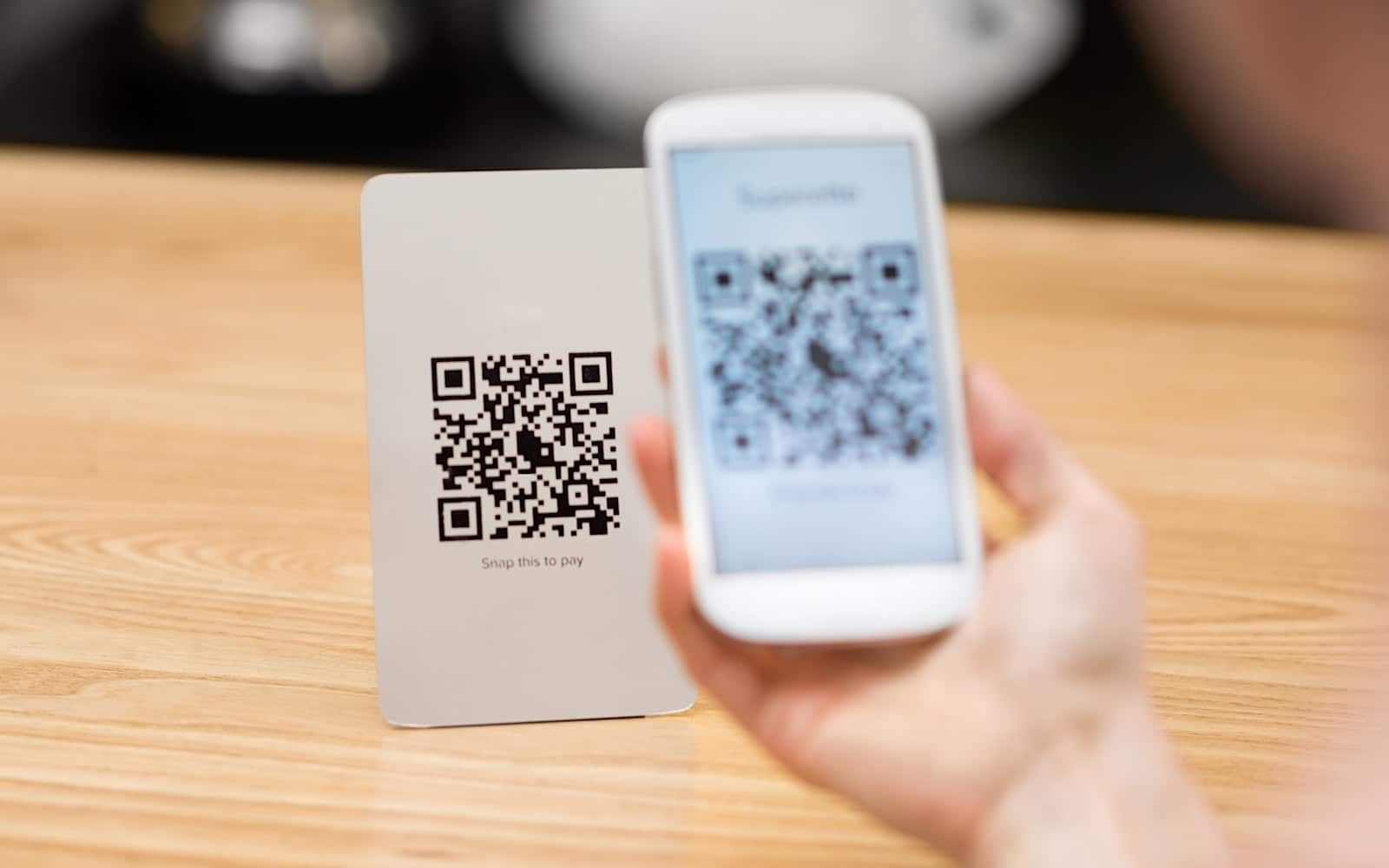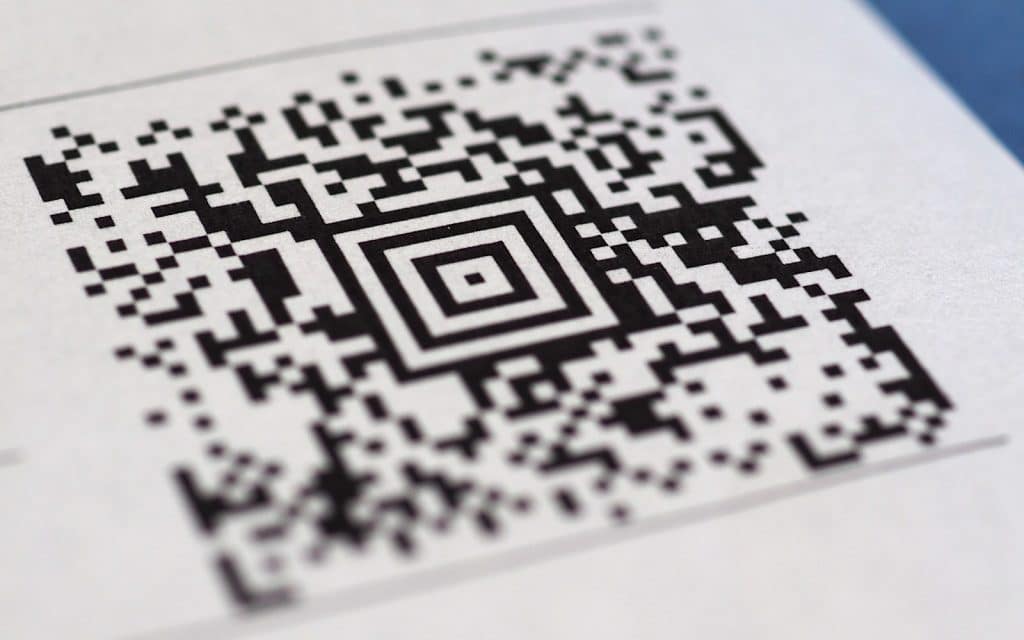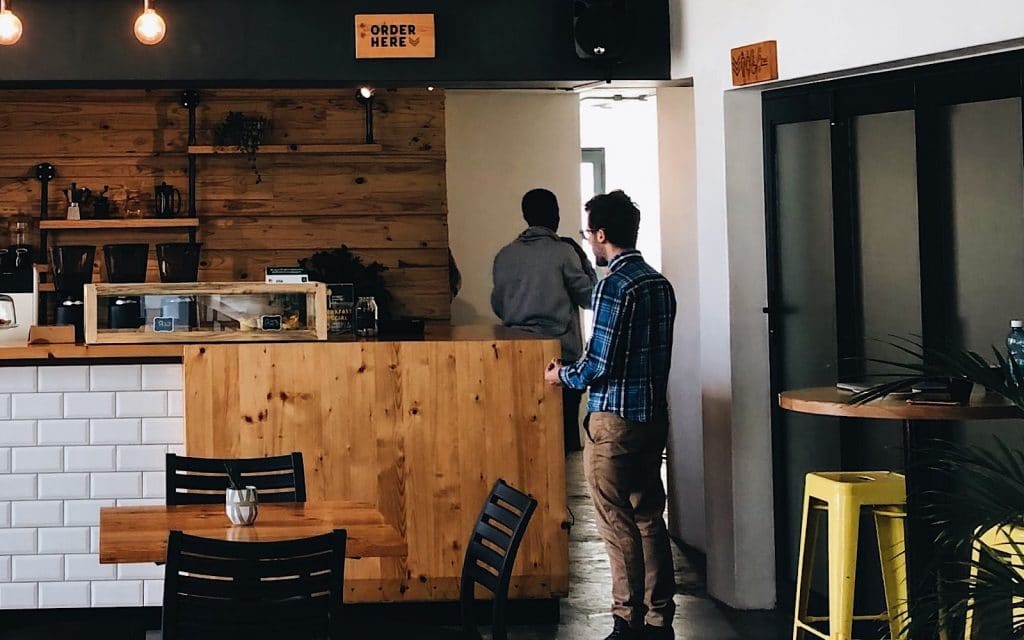Tapping your bank card or phone to a payment terminal still has some degree of contact,but PayPal’s latest approach simply requires a camera.
The COVID-19 coronavirus pandemic may well have sped up our shift to a cashless society, but we were always heading there. Ahead of the lockdown, there were suggestions that we should become less reliant on physical cash as money, and now that we’re all doing what we can to avoid touching things in excess, cash has become part of that.
We are effectively now in a cashless world, relying instead on cards and digital means to pay. You’re probably using your bank card or your phone as your primary means of doing this, and possibly even a wearable, leaving any chance of using cash in your wallet. Shops have really moved this way in recent weeks, and chances are if you walk into a cafe for a takeaway, or even try to grab lunch, there’s a sign that says “no cash” or “card only”.
Our expedited push to a cashless society was made thanks to the unnecessary risk of a severely contagious infection that handing over cash brings to the exchange of money, but you might even feel a bit squeamish over tapping a card or your phone to someone else’s payment system. While these typically allow you to hover over the payment system (because there’s a small area above the payment device that is active), you might feel that still, this too is just too close for comfort when it comes to paying for goods and services.
And if you lump yourself in that boat, PayPal is connecting with retailers and stores for a different solution: QR codes.
You might not remember these things, but on the flip side, how could you forget? A QR code is a square block of black and white pixels that look a little like jumbled shapes, typically squares. Each of these codes is arranged to resemble in a way that when scanned, they trigger a website address, and typically can be launched from a phone’s camera.
With this in mind, PayPal has added a QR code scanning feature to its own PayPal app, which itself will trigger a transaction simply by scanning a QR code. That QR code could be shown on a wall or at the cashier terminal, but it means that the PayPal app and the QR code are basically nowhere near each other, and you’re exhibiting what is an even greater distance in a physical transaction, increasing cashless distancing amidst social distancing.
“We know that in the current environment, buying and selling goods in a health-conscious, safe and secure way is front of mind for many people around the world,” said John Kunze, Senior Vice President of Branded Experiences at PayPal.
“As the coronavirus pandemic has evolved, we have seen a surge in demand for digital payments to transition to include new and safe solutions for in-person environments and situations,” he said.
“Our rollout of QR codes for buyers and sellers incorporates the safety, security and convenience of using PayPal in person and enables ongoing social distancing requirements and safety preferences for in-person commerce.”
PayPal says this feature is in the app under the “Send” feature, with a QR code symbol in the top right corner, triggering the whole process. It’s rolling out across Australia in the coming weeks to retailers who plan to support the concept, and will see use in other places as well, typically European locations such as the UK, France, Greece, Germany, and Austria, while Canada, the United States, and Hong Kong will also see the concept, too.








